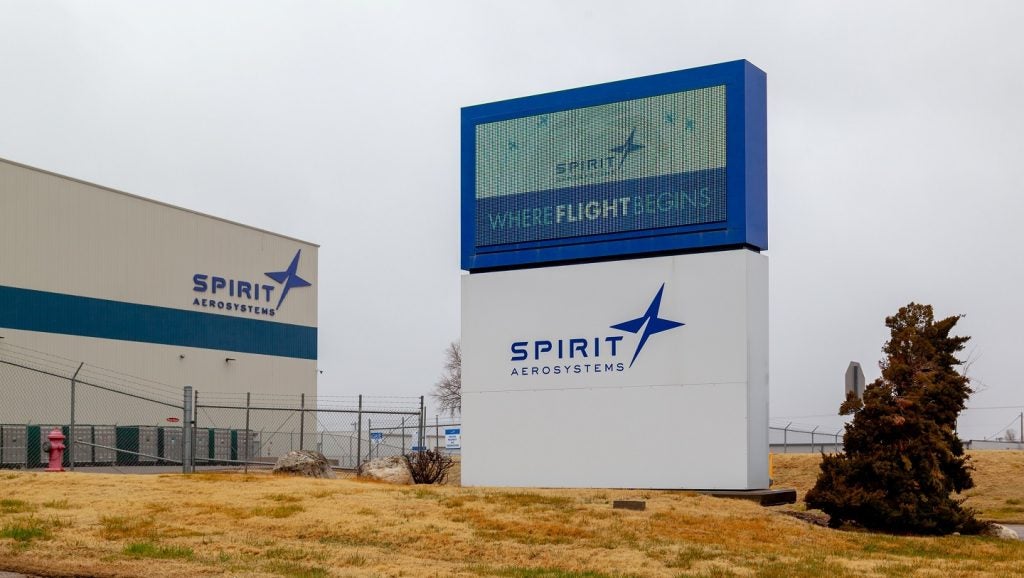
In July, the defence industry received a big wakeup call after Congress axed a major network upgrade to the USAF Air Operations Center (AOC) being carried out by Northrop Grumman following a massive overrun in development costs – from $374 million to $745 million – and a schedule slip of more than three years.
The contract, for software needed to modernise and keep pace with technology developments, was cancelled when it became clear it was failing to deliver capability to the field fast enough.
The air force instead announced that the AOC weapons system will be upgraded using industry best-practice Agile DevOps software development processes through an effort called AOC Pathfinder.
AOC Pathfinder will be carried out in partnership with Defense Digital Services and Defense Innovation Unit Experimental (DIUx) in order to deliver new technology on tight timelines by companies outside of defence who have worked software development strategies of similar scale.
Lt. Col. Jeremiah Sanders, AOC Weapon System program manager at the Air Force Life Cycle Management Center, Hanscom, said: “This AOC Pathfinder gives us the ability to work in a much more integrated and collaborative way with end users than the current acquisition strategy allows for, and to be beholden to their direct feedback and what is most important to them.
“Improvement of software never really ends, so moving to this acquisition strategy enables us to treat the AOC like your phone, with constantly improving applications and security. The rate of change is driven by users and the IT industry, which requires rethinking the culture, policies, processes and paradigms of how we acquire IT and software systems.”
How well do you really know your competitors?
Access the most comprehensive Company Profiles on the market, powered by GlobalData. Save hours of research. Gain competitive edge.

Thank you!
Your download email will arrive shortly
Not ready to buy yet? Download a free sample
We are confident about the unique quality of our Company Profiles. However, we want you to make the most beneficial decision for your business, so we offer a free sample that you can download by submitting the below form
By GlobalDataTanker refuelling
It was through this that Pivotal was engaged by the DIUx to work on a system for tanker refuelling – one of 43 applications in development. Pivotal, backed by Dell EMC, VMware, GE, Microsoft and Ford, works with organisations across a number of sectors, helping them to build up their software development capabilities using its Pivotal Cloud Foundry platform, which caters to agile software and app development.
The tanker refuelling system software for the air force – which runs on Pivotal Cloud Foundry – was built for under $2 million in 90 days and is now being used in operational areas including Qatar. It is currently saving the US Air Force $1 million per day in fuel costs, with the software being managed by just one person.
“The US Air Force previously used a white marker board and extensive hand-crafted spreadsheets to plan the elaborate daily effort to refuel aircraft involved in the war in Iraq and Syria – and the team knew there must be a faster way to do this,” says Zach Larson, director of Pivotal Labs San Francisco.
“The refuelling job used to take a handful of airmen about eight hours to complete each day – but this has since been reduced to four hours.
“With new programme updates, such as the ‘auto-flow’ feature, this time could be lowered even more, creating a baseline daily tanker programme that pairs aircrafts to planes that can refuel them.”
Agile development
The new solution aligns with air force requirements to field new AOC capabilities via a continuous delivery software development pipeline to a hybrid cloud-based platform alongside the legacy AOC 10.1 system. The air force is also keen that under the new AOC modernisation process, AOC operator personnel will be integrated into the software development process, working with software developers to update software based on their operational priorities, with continual updates tested and run on the cloud, and added to the AOC in a way that does not interfere with critical missions.
The goal, once this platform and software pipeline is established, is for the air force to begin what it calls an ‘iterative improvement process’.
This is where the new acquisition process will really begin to make a difference, with airmen at the AOCs able to communicate their needs directly to developers and see the changes they request within weeks. For an organisation which previously operated under extremely slow-moving and conservative programmes, this access to continuous user feedback for developers is a significant strategy and cultural change.
“The US Air Force can now build software with the same capabilities as Silicon Valley developers such as Google,” Larson said. “The flexibility and resilience offered allows teams to move quickly and update applications on a weekly or daily basis – if necessary.
“Applications are hosted on a secure platform and the time and cost savings for the team have been hugely beneficial.”
According to Larson, thanks to these resulting cost and time savings, the DIUx team is eager to use the company for further application development within the programme.
“Together with the US Air Force we are now working on a targeting system app which improves the coordination and management of airstrikes, as well as gathering analytical data following airstrikes and the study of possible new targets,” he said.






